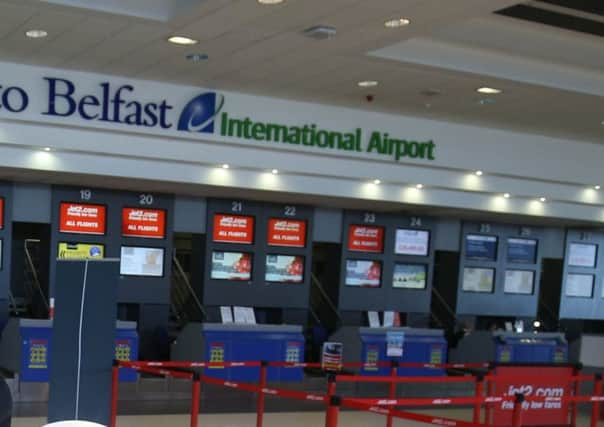Belfast International airport adopts new low visibility landing system


The instrument landing system is designed to assist pilots when they are unable to see the runway.
By transmitting radio signals giving horizontal and vertical guidance, the technology is designed to act as a valuable precision runway approach aid.
Advertisement
Hide AdAdvertisement
Hide AdThe work was carried out by NATS, the UK’s leading provider of air navigation services.
Michael Cockcroft, NATS air traffic services general manager at Belfast International, said: “It was good to see the various teams within NATS working together to meet our customers’ needs and expectations.
“This exciting project has been delivered without any negative effect on service delivery and no erosion of safety margins.
“Our engineering team did a sterling job, one that has been recognised as excellent by Belfast International Airport, and we’re proud of the part we play in pioneering ground-breaking technology to advance the aviation industry as a whole.”
Advertisement
Hide AdAdvertisement
Hide AdThe Indra Navia Instrument Landing System (ILS) and associated Indra Distance Measuring Equipment (DME) represents the airport’s latest investment in state-of-the art technology that has been designed and developed to assist the safe landing of aircraft during poor weather conditions.
Airport managing director Graham Keddie said it gave the airport a clear advantage in the aviation sector.
Mr Keddie said: “Safety of passengers and the aircraft they use is our number one priority and this equipment upgrade underlines that commitment.
“We are regarded as the airport of choice whenever pilots decide to divert in bad weather and now our status will be further enhanced.
“New projects as technical as this one throw up a number of challenges, but working alongside the professional team from NATS, they were successfully resolved.”